On View
See Childhood Works From Current Art Stars at ProjectArt’s Auction Benefit
The show playfully explores the childhood skills of today's art stars.
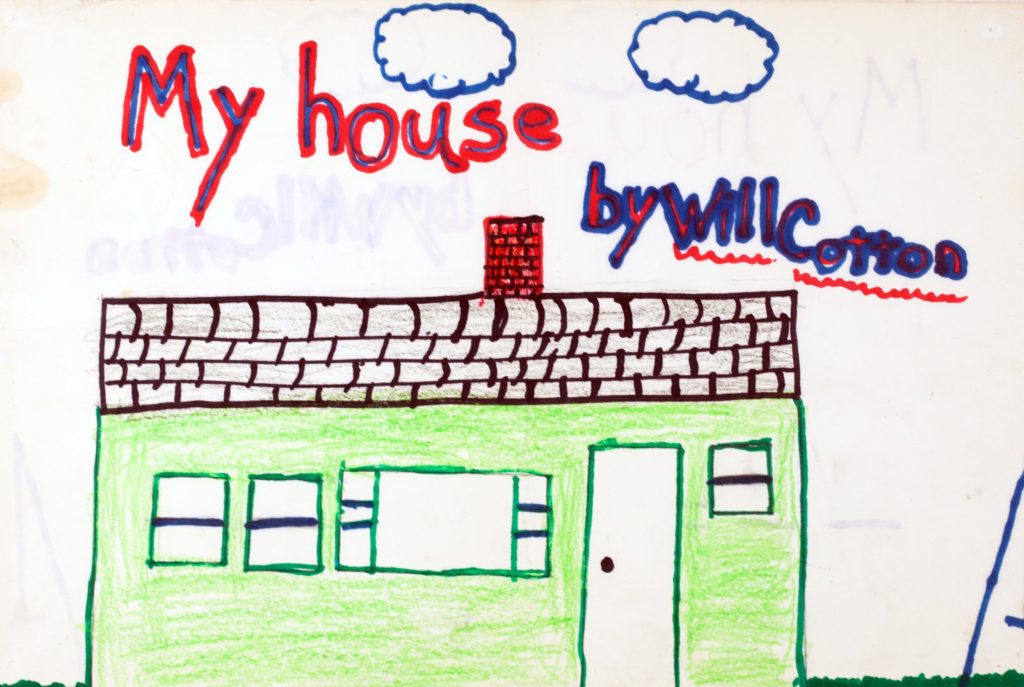
The show playfully explores the childhood skills of today's art stars.

Eileen Kinsella

Can you spot artistic genius in a 10-year-old?
Arts education nonprofit ProjectArt is delving into that question in a playful way with a benefit auction at Red Bull Arts New York in Chelsea Friday night titled “My Kid Could Do That.” In addition to work by a number of contemporary art stars, the one-day show (April 29) will showcase some of the works these artists made when they were children.
The show is likely meant to provoke discussion and analysis about whether the roots of genius can be detected early on. Among the most compelling aspects of the free show are the artist statements accompanying the pieces they made as children.
Artists include Griminess Amores, Daniel Arsham, Katherine Bernhardt, Sanford Biggers, Katherine Bradford, Cecily Brown, Zoë Beckman, Will Cotton, Olafur Eliasson, Urs Fischer, Susan Te Kahurangi King, Osamu Kobayashi, Terence Koh, Rashaad Newsmen, Philip Pearlstein, Matthew Ritchie, Tom Sachs, Laurie Simmons, Rirkrit Tiravanija, Kiki Valdes, Wendy White, and Dustin Yellin.
ProjectArt was founded in 2011 by artist Adarsh Alphons, an Indian-born artist who says he truly believes that art saves lives. He was expelled from school in India at age seven for drawing in nearly every class he sat in. However, a teacher who recognized his talent and encouraged him to pursue his passion, and by the time he was 15, he was painting portraits for Mother Teresa, Nelson Mandela, and the Pope.
Alphons founded ProjectArt “with little more than a bag full of art supplies and borrowed office space in Harlem,” according to the website. ” There was one goal and one goal only: to put paintbrushes in the hands of as many children that don’t have adequate access to arts education as possible.”
The auction, which is co-chaired by Kyle DeWoody and Lisa Applebaum, starts tonight at 6:30. Tickets are still available here.
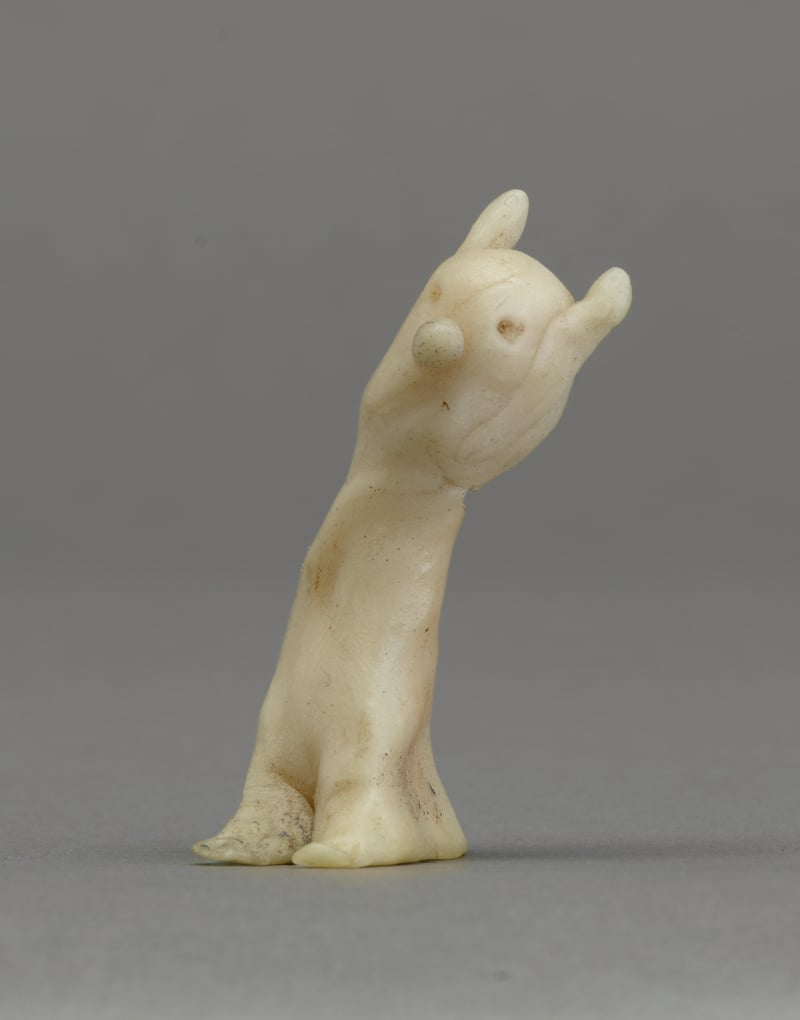
Urs Fischer, age 8, Cat (1981). Image courtesy of the artist and Mats Nordman.

Daniel Arsham, age 8–10, Untitled (1980s). Image courtesy of B.A. Van Sise.
Artist Statement: “These works were made in the late 1980’s. I was 8–10 years old. Most of the drawings in my archive are black and white as I am
color blind. Blue is one of the colors that I do see well and the gradient study is interesting in this context.”
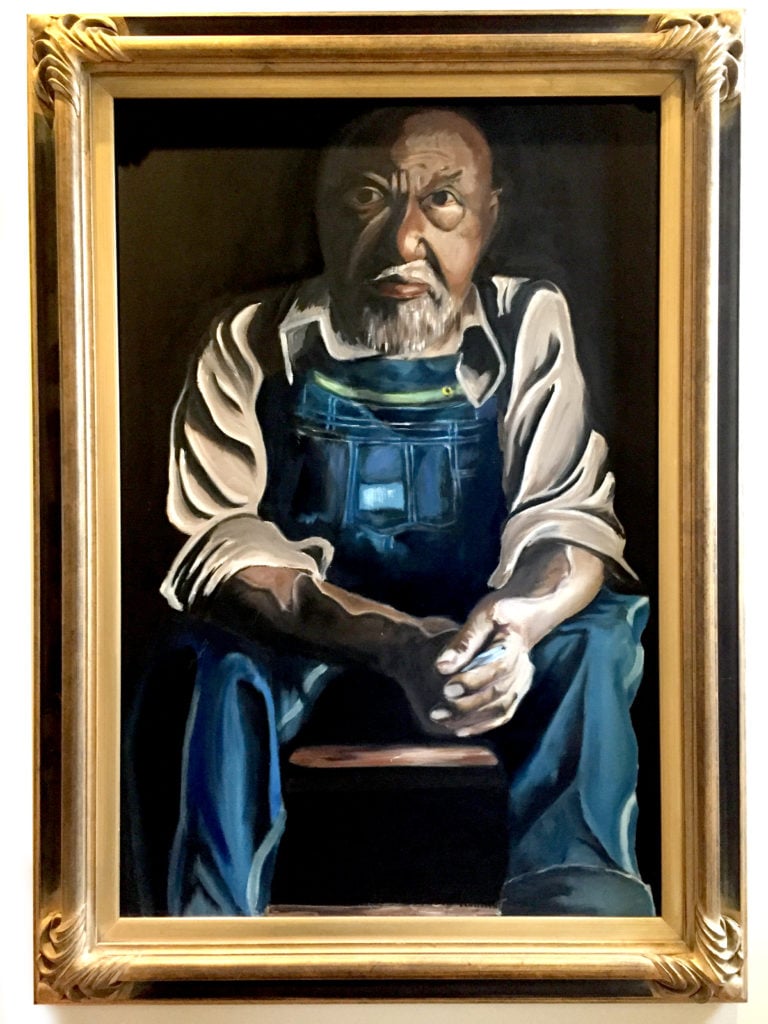
Sanford Biggers, age 16, Grandfather’s Hands (1986). Collection of Dr. Samuel L. Biggers.
Artist statement: When I was in high school, my grandfather passed away. I made this painting with him in mind though it isn’t really a portrait. It was inspired more by his presence, and his life in Texas, which was fascinating contrast compared to my life growing up in Los Angeles.
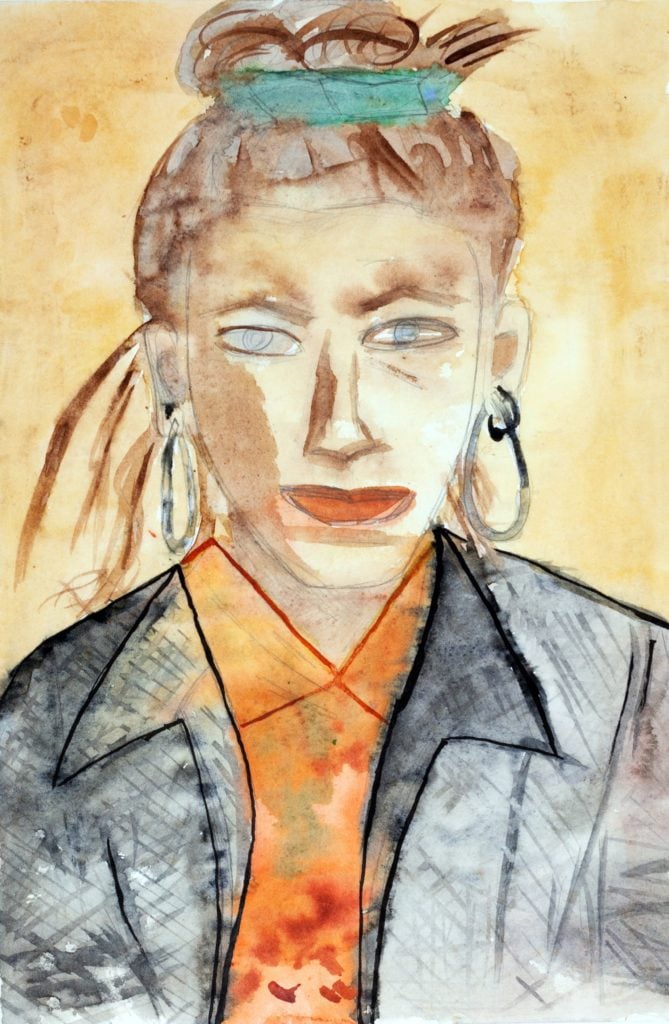
Katherine Bernhardt, age 17, Self Portrait (1992). Courtesy of the artist.
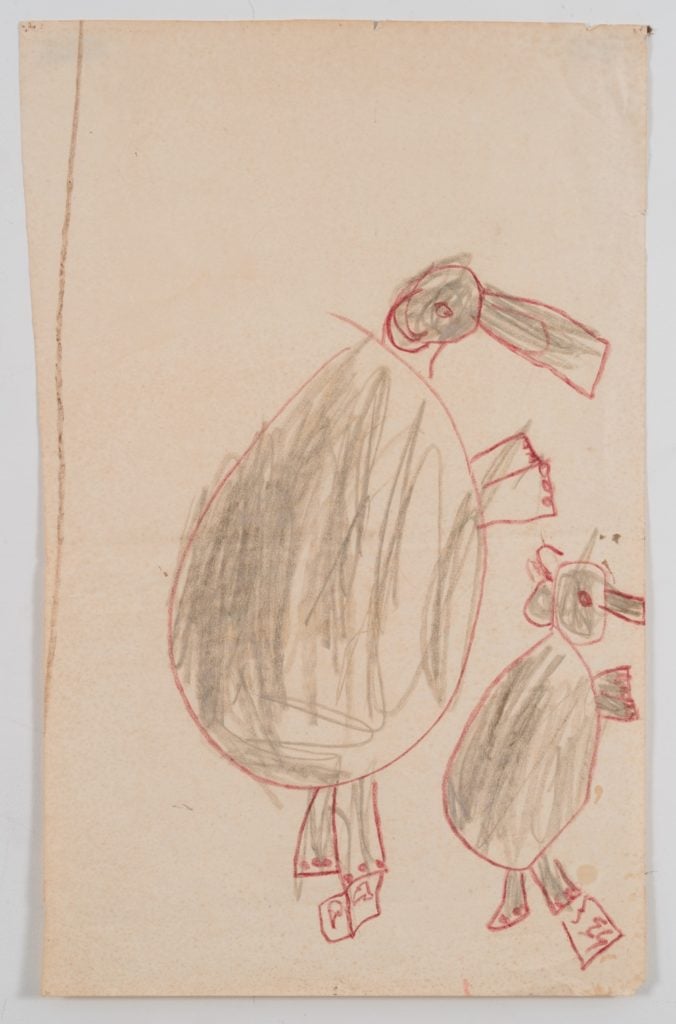
Katherine Bradford, age 8, Two Elephants (1950). Courtesy of the artist.
Made with crayons on cheap paper, the drawing of two elephants is an early example of Bradford’s ongoing obsession with mother/child images, and it identifies her as a self-proclaimed “nonconformist animal artist.” While most children would draw the elephant from side view with four feet on the ground and a long trunk hanging, Bradford personifies the pair by showing them upright on two feet. She commented that her wonderful magenta outline and her attempt to color within the lines, but not too carefully, reflect a playful energy present in her work to this day. She reflected: “It would be years before I could get two figures to balance properly on one leg and here is proof that I was off to a bad start.”
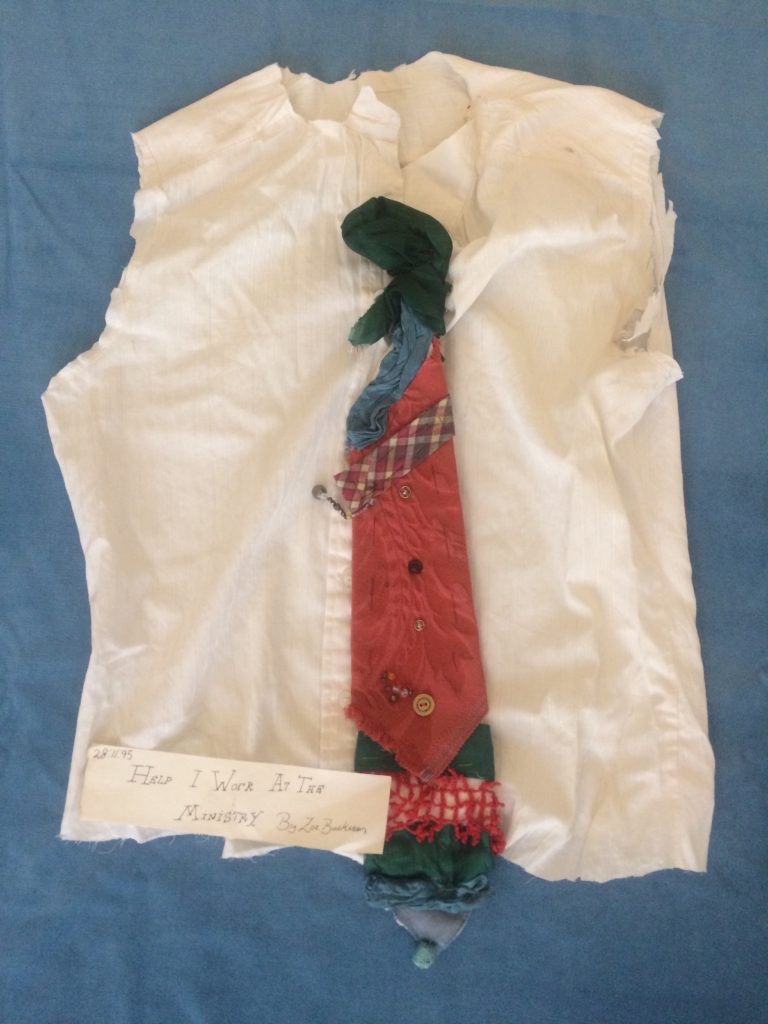
Zoe Buckman, age 10, Help I Work at the Ministry. Courtesy of the artist.
When she was 10 years old, Buckman’s father got a job as a statistician at the Ministry of Defense in London. Imagining her father going to work at such an official building was humorous for her. Having overheard her parents speak of the long process of him receiving security clearance, she wanted to sew him a tie and entrap it in a glass frame. She recounts, “It was my Mum’s idea to write the plaque.”
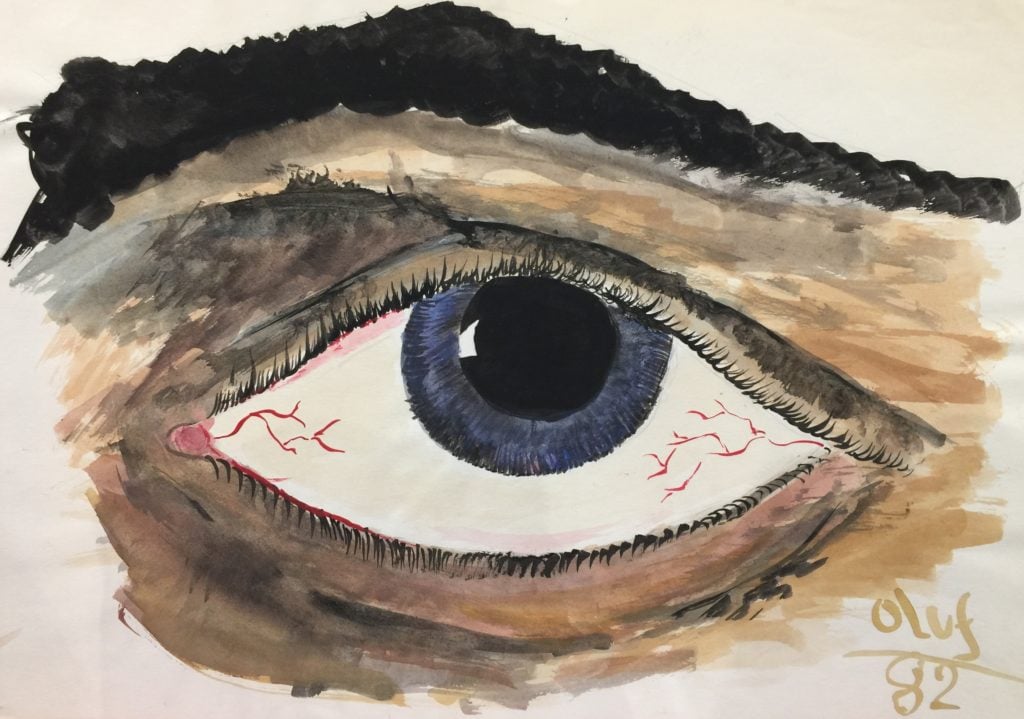
Olafur Eliasson, age 15, Eye(1982). Courtesy of the artist.
This study of an eye is an early example of Olafur Eliasson’s life-long fascination with vision, perception, and seeing. The physical appearance of the eye itself is a recurring theme in Eliasson’s work, as is the effort to make the viewer aware that the act of seeing is a subjective process of engagement with the world. By seeing ourselves seeing, we become aware of our physical selves within our surroundings.
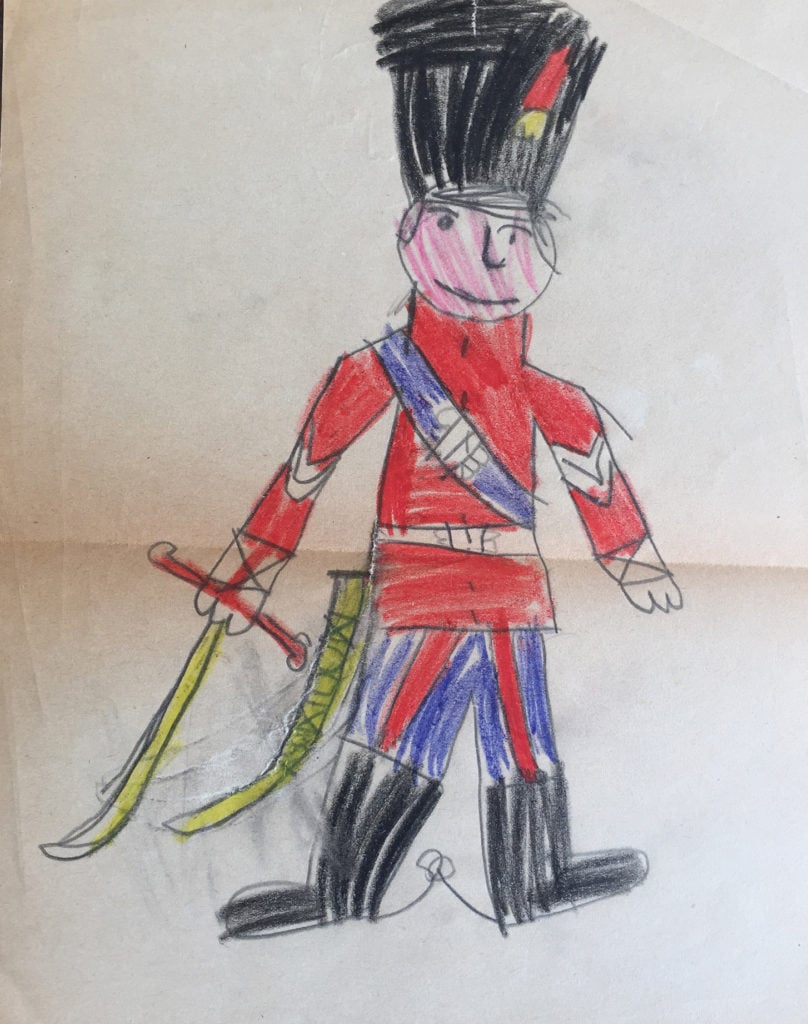
Matthew Ritchie, age 5 or 6. Soldier. Courtesy of the artist.
![Rirkrit Tiravanija, age 7, Untitled [silver mr. Spock] (1968). Courtesy of the artist.](https://news.artnet.com/app/news-upload/2017/04/tiravanija_rirkirt.jpg)
Rirkrit Tiravanija, age 7, Untitled [silver mr. Spock] (1968). Courtesy of the artist.